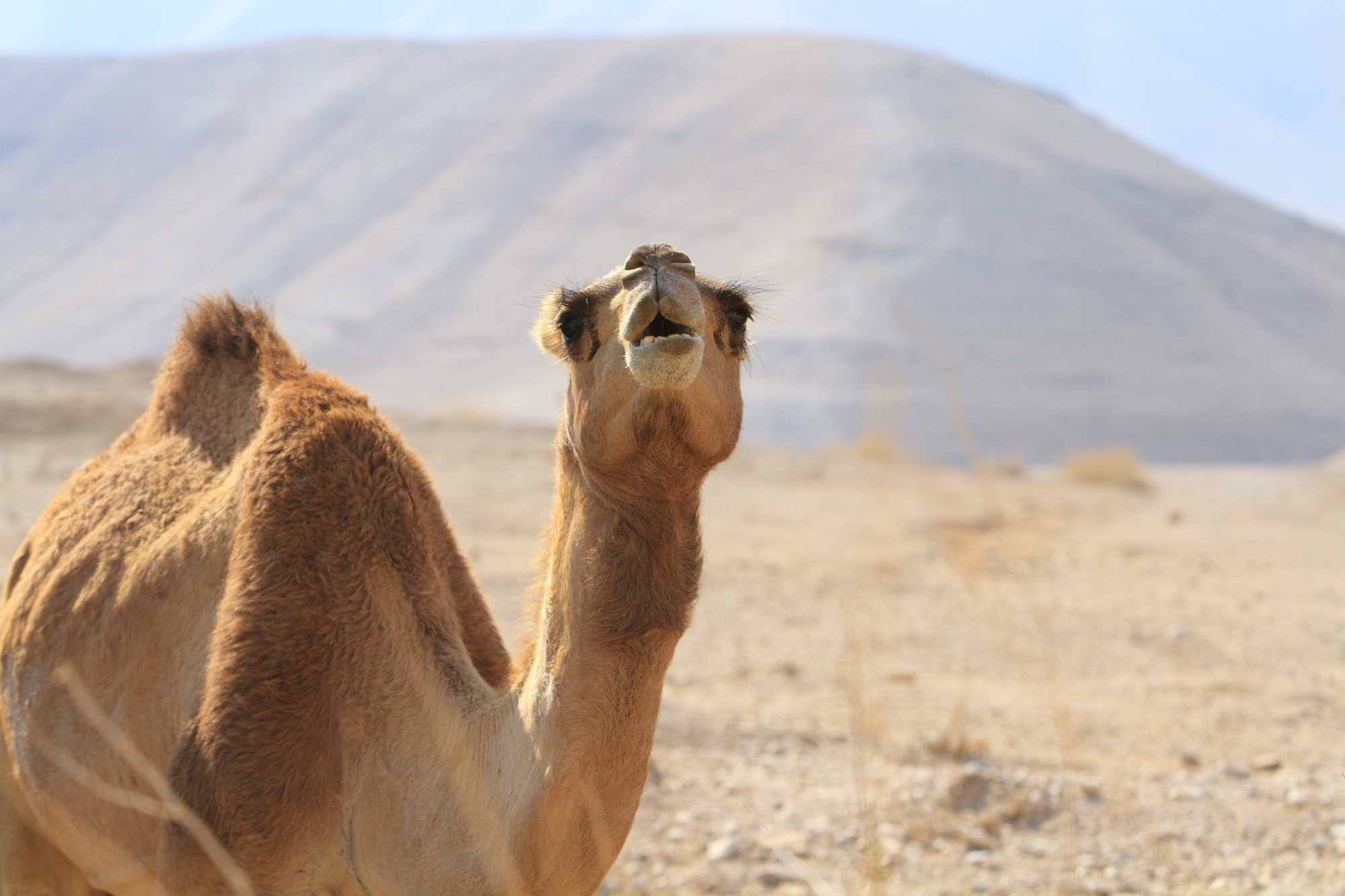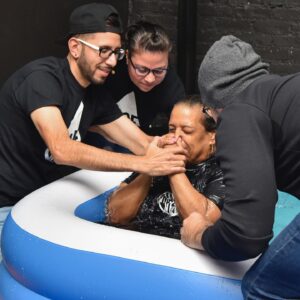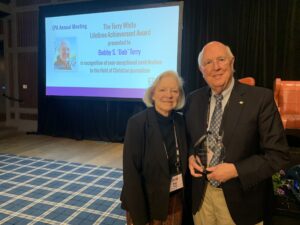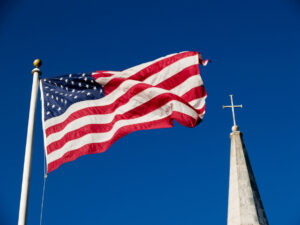
EDITOR’S NOTE: This story is part of a package previewing Southwestern Baptist Theological Seminary’s “Dead Sea Scrolls & the Bible” exhibit, which runs from July 2 to Jan. 13. For more information visit SeetheScrolls.com. Read Baptist Press’ overview story at http://www.bpnews.net/BPnews.asp?ID=38149
FORT WORTH, Texas (BP) — While searching for a stray goat in January 1947, a Bedouin goat herder stumbled upon the discovery of a lifetime. The story goes that as he was throwing rocks into a cave, he heard the sound of breaking pottery. He brought his father and brother, and the three entered the cave. Tucked away in this rocky fissure overlooking the Dead Sea near Qumran in Israel, they unearthed jars containing several scrolls.
Unaware of the magnitude of their discovery, the Bedouin showed the scrolls to a man named Khalil Iskander Shahin (Kando), an antiquities dealer in Bethlehem. Kando had developed a relationship with the Bedouin over the years, buying butter and cheese each spring as well as purchasing oil lamps, coins and other antiquities they might find in their travels throughout the desert.
 Kando, a Syrian Orthodox Christian, expressed interest in the discovery and partnered with the Bedouin to find a buyer for the scrolls. They eventually sold four of the scrolls — the larger Isaiah scroll, the Manual of Discipline, the commentary on Habakkuk, and the Genesis Apocryphon — to Metropolitan Mar Athanasius Samuel at St. Mark’s Monastery in the Old City of Jerusalem for the equivalent of $97.20. Additionally, professor Eleazar Sukenik, an archaeologist at Hebrew University in Jerusalem, purchased three other scrolls — the Hymn Scroll, the War Scroll, and the second Isaiah scroll.
Kando, a Syrian Orthodox Christian, expressed interest in the discovery and partnered with the Bedouin to find a buyer for the scrolls. They eventually sold four of the scrolls — the larger Isaiah scroll, the Manual of Discipline, the commentary on Habakkuk, and the Genesis Apocryphon — to Metropolitan Mar Athanasius Samuel at St. Mark’s Monastery in the Old City of Jerusalem for the equivalent of $97.20. Additionally, professor Eleazar Sukenik, an archaeologist at Hebrew University in Jerusalem, purchased three other scrolls — the Hymn Scroll, the War Scroll, and the second Isaiah scroll.
Originally thought to be documents from the medieval period, experts soon established a more accurate date of around 100 B.C. (Later, Carbon-14 dating would confirm that some manuscripts were as old as 250 B.C.) At that time, the manuscripts were 1,000 years older than any complete Old Testament manuscripts in Hebrew.
Johns Hopkins University professor W.F. Albright, an expert in ancient Jewish scripts who confirmed the dating of the documents, remarked that these treasures represented “the greatest manuscript discovery of modern times!”
THE SEARCH CONTINUES
The discovery sparked a nearly 10-year search in caves in the area surrounding Qumran. Kando partnered with the Jordanian government and Palestine Archaeological Museum (today known as the Rockefeller Museum) to conduct excavations. As per his agreement with the Jordanian government, Kando gave the museum the first opportunity to purchase scrolls he and the Bedouin found.
Kando continued to buy and sell portions of the Dead Sea Scrolls for many years. An estimated 80 percent of all discovered scrolls went through the hands of the Kando family, ending up in museums, institutions and private collections around the world. Although he died in 1993, his son William continues to deal in antiquities today.
“My father was an agent of the Rockefeller Museum,” William recalls. “But sometimes they said, ‘We don’t have money to buy (scrolls).’ Whatever the Rockefeller Museum didn’t want to buy, my father would keep. My father had a license from the Jordanian Antiquities Authority at that time to buy [scrolls] from the Bedouin and sell them.”
In all, teams excavated 11 caves and unearthed approximately 825 to 870 separate scrolls containing biblical manuscripts, biblical manuscripts with commentary, apocryphal manuscripts, and extra-biblical literature. The most important piece was the complete manuscript of Isaiah, which is dated to the second century B.C.
The scrolls most likely represent the library of a Jewish sect commonly referred to as the Essenes. The Essenes were Jewish scribes, and most of the texts are written in Hebrew and Aramaic, although there are a few in Greek. The scrolls likely were hidden in the Qumran caves around the time of the First Jewish Revolt (66-70 A.D.).
SOUTHWESTERN SEMINARY’S ACQUISITION OF DEAD SEA SCROLL FRAGMENTS
Southwestern Seminary President Paige Patterson and his wife Dorothy first met Kando and his family in the summer of 1975 at Kando’s St. George Gift Shop in Jerusalem. The Pattersons developed a close friendship with the Kando family over the years as they brought groups to tour the Holy Land. When they visited the family, William Kando often would drive them on errands in Jerusalem.
In the summer of 2009, the Pattersons led a study tour group to Israel and visited the Kando Store in Bethlehem. During their visit, William Kando approached them about purchasing some Dead Sea Scrolls fragments. Also on that trip were Gary and Stephanie Loveless, who joined in the conversations and eventually provided the funds necessary for acquiring the first fragments.
After confirming the fragments’ authenticity, the Pattersons continued negotiations, and in January 2010, Southwestern Seminary acquired three fragments — Daniel 6:22-24 and 7:18-19; Leviticus 18:27-29; and Exodus 23:8-10 — and received as a gift a stylus made from a palm frond, which was found in the Dead Sea region. Later in 2010, Southwestern purchased more fragments, including Deuteronomy 12:11-14; Deuteronomy 9:25–10:1; and two Leviticus fragments (Leviticus 21:7-12; 22:21-27), which represent the most valuable piece in Southwestern’s possession and is written in the oldest form of Hebrew script. The Kando family also gifted a fragment of Psalm 22 to Dorothy Patterson, which she in turn gifted to the seminary, and several tiny fragments.
Southwestern Seminary currently houses the largest collection of Dead Sea Scroll fragments owned by an institution of higher education within the United States and will host a Dead Sea Scrolls & the Bible exhibition in its MacGorman Chapel from July 2 to Jan. 13 (SeetheScrolls.com).
“Millions of people around the world now understand that the Dead Sea Scrolls are in a league of their own,” said Peter Flint, professor of religious studies and co-director of the Dead Sea Scrolls Institute at Trinity Western University in British Columbia, Canada, who has assisted the seminary in the study of the scrolls.
“They are the greatest find of our time. If you love God, if you love history, if you’re a Jew, if you’re a Christian, if you care about the Gospel, if you care about the Bible, there is no greater discovery.”
–30–
Keith Collier is director of news and information for Southwestern Baptist Theological Seminary in Fort Worth, Texas. This story first appeared in the Spring 2012 issue of Southwestern News magazine on the Dead Sea Scrolls, online at http://www.swbts.edu/southwesternnews/SNSP12.cfm.















